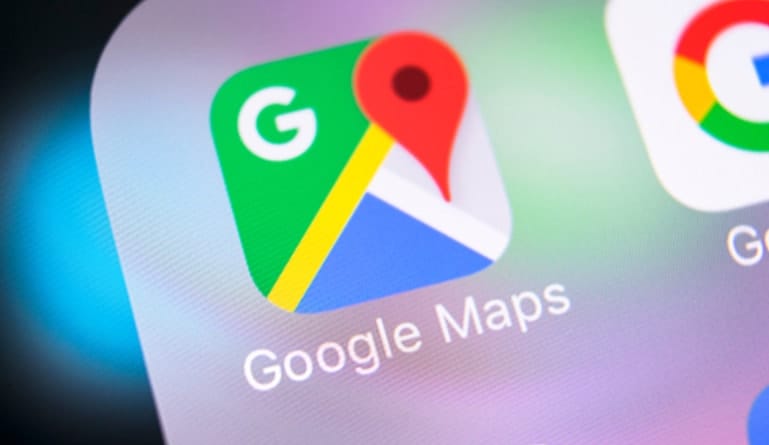Google Maps helps gets users going. What changes does the new navigation technology bring?
How Google is using AI and other technologies to update and improve their navigation technology and maps functionality.
Google Maps is pretty much synonymous with GPS directions. Before anyone ever had GPS built into their phones that they took everywhere, people would turn to MapQuest to print of directions to an unfamiliar destination. Drivers would ask, “Can you MapQuest us directions before we leave?” making the program a verb. But now? A driver sits behind the wheel and asks, “Can you pull up maps?” or “Can you Google Maps us there?” Google is definitely the leader among maps and navigation apps, and consumers creating a verb from their product name is only part of the proof.
As the leader, they may not feel a lot of competitive pressure that is driving their recent announcement to update some of their maps navigation features. But as a massive tech company with their finger on the pulse of technology capabilities and consumer trends, they are undertaking changes to their navigation technology to improve their customer experience and remain on top of the GPS navigation system providers.
Google’s Changes Map Technology
Here are some of the forthcoming changes to the popular GPS navigation system through Google:
Augmented Reality
One of the biggest changes that Google Maps users will notice is the incorporation of Google Lens. This means that you can pan your phone over an area and an AR-type display of highlights and popups that can direct the user to restaurants or other landmarks. This will be useful for both individuals and businesses. Not only can these real-time, real-world environment tags help direct users, they can help boost business brand presence.
Artificial Intelligence
Google Maps will be using more AI algorithms to determine what individuals may want to see or explore. When GPS location services are turned on and the Maps app is opened, it will prompt users with not just what they’re searching for, but also what might be relevant to them based on their location and their past searches.
Group Planning
Another new feature is called Group Planning. This lets users select a number of locations on a map and then send that “shortlist” to a group of contacts. This is useful when trying to coordinate plans or select a dining locale, and a great feature to now have built into the application, so users don’t have to search for directions for each individual location one at a time.
Offline options
While not exactly a new feature, an under-utilized feature of Google maps is the offline maps and navigation. While you can’t access every feature of Google Maps when in offline mode – namely things like bike routes, alternate routes, and other elements – it’s still a useful feature to know about when you need to have your location services turned off or your data plan has run out. For most users and most devices, it’s as easy as searching the location you want to be able to use offline, downloading it, and using it as normal – sans the features mentioned above.
Google Maps has clearly upped their GPS navigation technology program. When it comes to continuing to innovate and add value to a project that’s well over ten years old, they are taking great steps to continue to add new technology to an already popular – and some might say superior – application. As a smart and successful tech business, they know that it’s not just good enough to be the number one program – it takes a lot of work to stay there.





